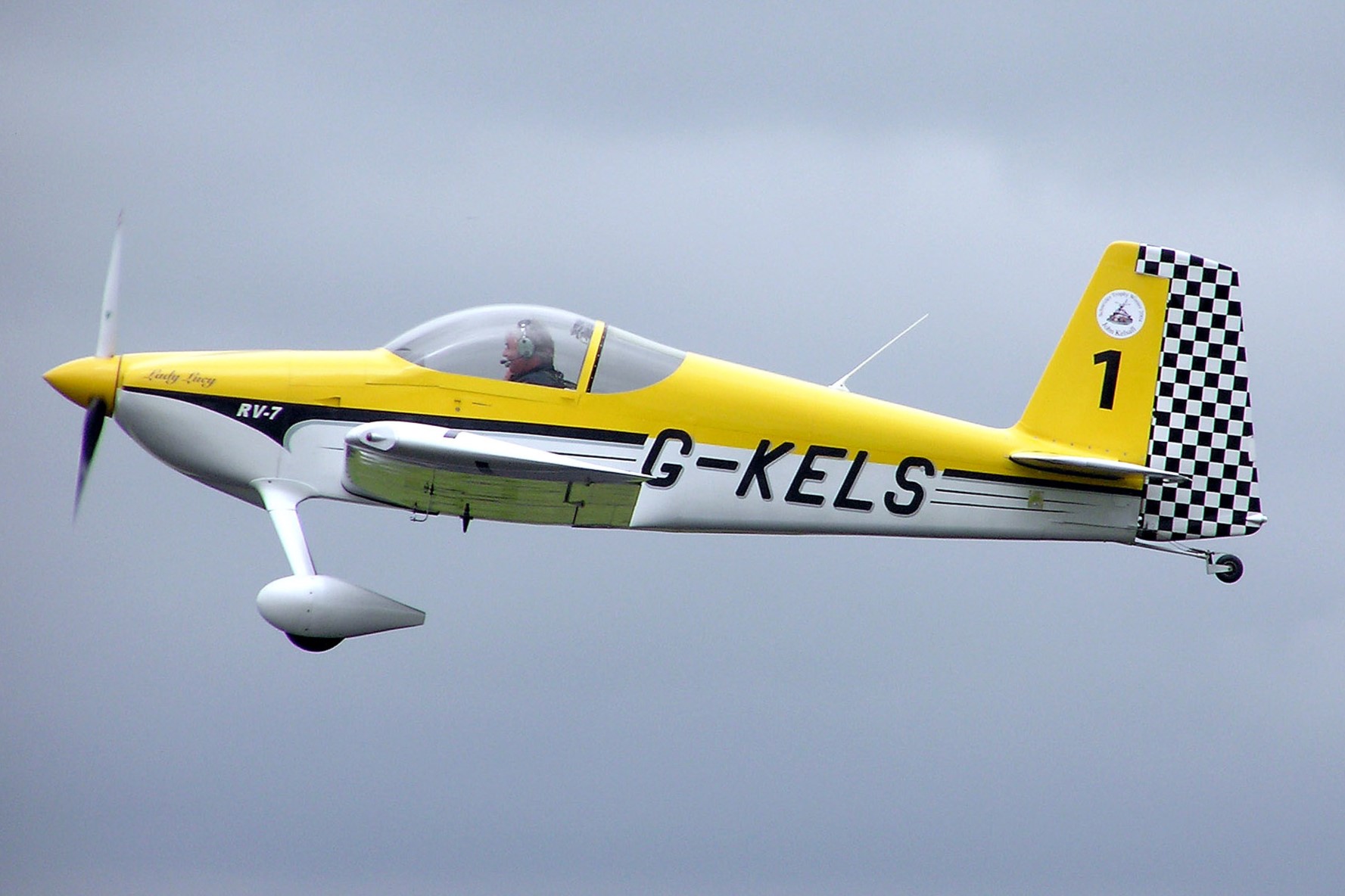
Ever wondered what those letters and numbers on an airplane's tail mean? Aircraft registrations are like license plates for planes, giving each one a unique identity. These codes help track ownership, ensure safety, and even tell a bit about the plane's origin. For instance, a registration starting with "N" means the aircraft is registered in the United States, while "G" indicates the United Kingdom. This system isn't just for big commercial jets; it applies to small private planes too. Knowing these facts can make your next flight a bit more interesting and give you a peek into the world of aviation.
Key Takeaways:
- Aircraft registrations are like license plates for planes, helping authorities track and regulate them worldwide. Each country has its own unique prefix, like "N" for the United States or "G" for the United Kingdom.
- Aircraft registrations have a rich history dating back to the early 20th century, with the current system established in 1944. Some registrations are personalized, carry historic significance, or have special meanings.
What Are Aircraft Registrations?
Aircraft registrations are unique identifiers assigned to each aircraft. These identifiers are essential for tracking and regulating aircraft worldwide. Let's dive into some fascinating facts about aircraft registrations.
-
Every Aircraft Needs One: Just like cars have license plates, aircraft must have a registration number. This helps authorities keep track of all flying machines.
-
International Standards: The International Civil Aviation Organization (ICAO) sets the standards for aircraft registrations. Each country has its own prefix, like "N" for the United States or "G" for the United Kingdom.
-
Visible Markings: Registration numbers must be displayed prominently on the aircraft. Typically, they are found on the tail or fuselage.
History of Aircraft Registrations
The history of aircraft registrations dates back to the early 20th century. Understanding this history gives us insight into how aviation has evolved.
-
Early Days: The first aircraft registrations appeared in the 1910s. These early identifiers were crucial for distinguishing between military and civilian aircraft during wartime.
-
Post-WWI Regulations: After World War I, the need for standardized aircraft registrations became apparent. The Paris Convention of 1919 was one of the first international agreements to address this.
-
Modern System: The current system of aircraft registrations was established in 1944 with the Chicago Convention. This system is still in use today, ensuring consistency and safety in global aviation.
Unique and Interesting Registrations
Some aircraft registrations stand out due to their uniqueness or the stories behind them. Here are a few intriguing examples.
-
Personalized Registrations: Some aircraft owners choose personalized registrations. For example, John Travolta's Boeing 707 is registered as N707JT, incorporating his initials.
-
Historic Aircraft: Historic aircraft often retain their original registrations. The Spirit of St. Louis, flown by Charles Lindbergh, still carries its original registration, N-X-211.
-
Special Meanings: Some registrations have special meanings. For instance, the registration VH-OJA was used for the first Qantas Boeing 747-400, symbolizing its significance in the airline's history.
Regulations and Compliance
Aircraft registrations are not just about identification; they also involve strict regulations and compliance measures.
-
Renewal Requirements: Aircraft registrations must be renewed periodically. In the U.S., this renewal happens every three years to ensure the information remains current.
-
Transfer of Ownership: When an aircraft changes ownership, the registration must be updated. This process ensures that the new owner is recognized by aviation authorities.
Aircraft registrations are more than just numbers; they are a vital part of aviation history, regulation, and safety.
Final Thoughts on Aircraft Registrations
Aircraft registrations might seem like just a bunch of letters and numbers, but they hold a lot of significance. They tell us about the plane's origin, ownership, and even its history. Each registration is unique, acting like a fingerprint for the aircraft. This system helps keep the skies safe and organized, ensuring every plane is accounted for.
Understanding these registrations can make aviation more fascinating. Next time you see a plane, you might find yourself wondering about its story. Whether you're an aviation enthusiast or just curious, knowing a bit about aircraft registrations adds a new layer to your knowledge.
So, next time you're at an airport or watching planes fly overhead, take a moment to appreciate the complexity and importance of those small but mighty codes. They’re more than just letters and numbers—they’re a key part of aviation's intricate world.
Frequently Asked Questions
Was this page helpful?
Our commitment to delivering trustworthy and engaging content is at the heart of what we do. Each fact on our site is contributed by real users like you, bringing a wealth of diverse insights and information. To ensure the highest standards of accuracy and reliability, our dedicated editors meticulously review each submission. This process guarantees that the facts we share are not only fascinating but also credible. Trust in our commitment to quality and authenticity as you explore and learn with us.


